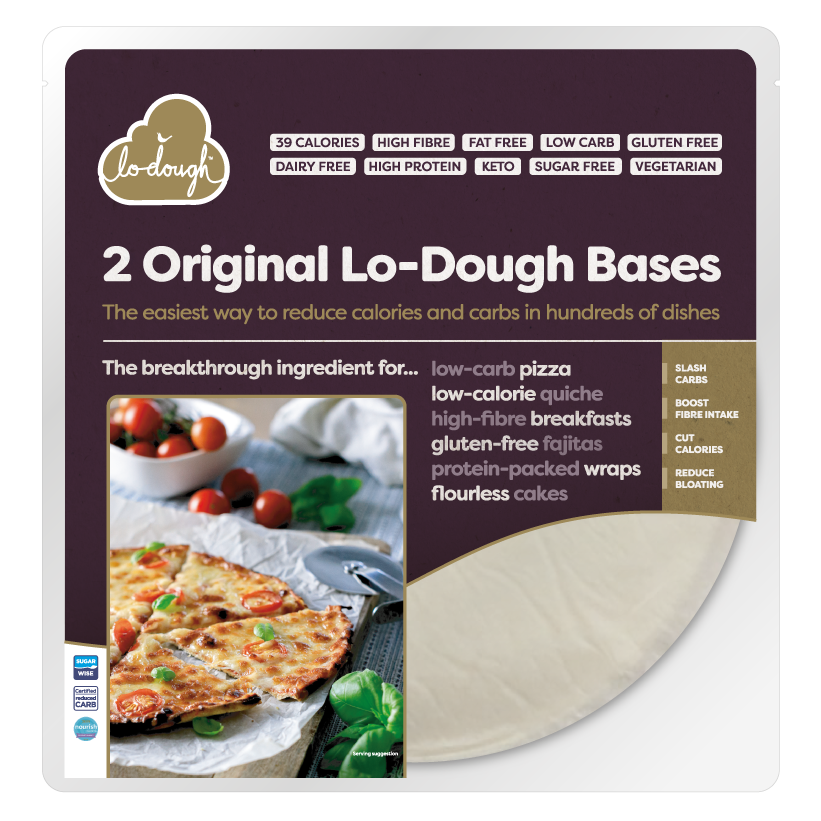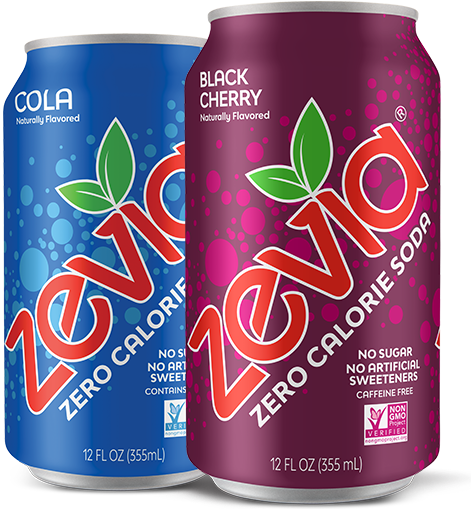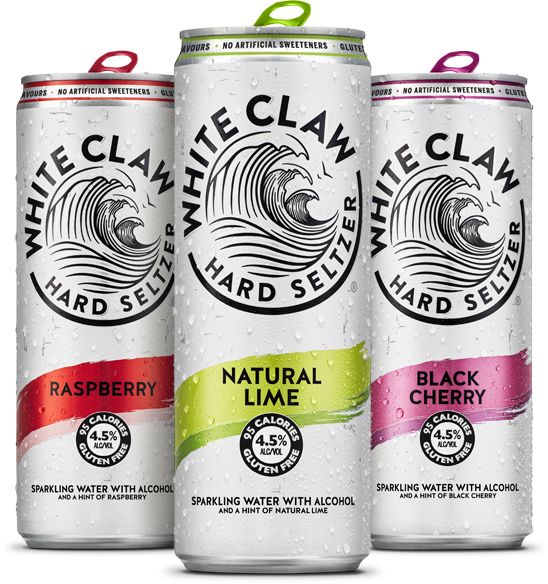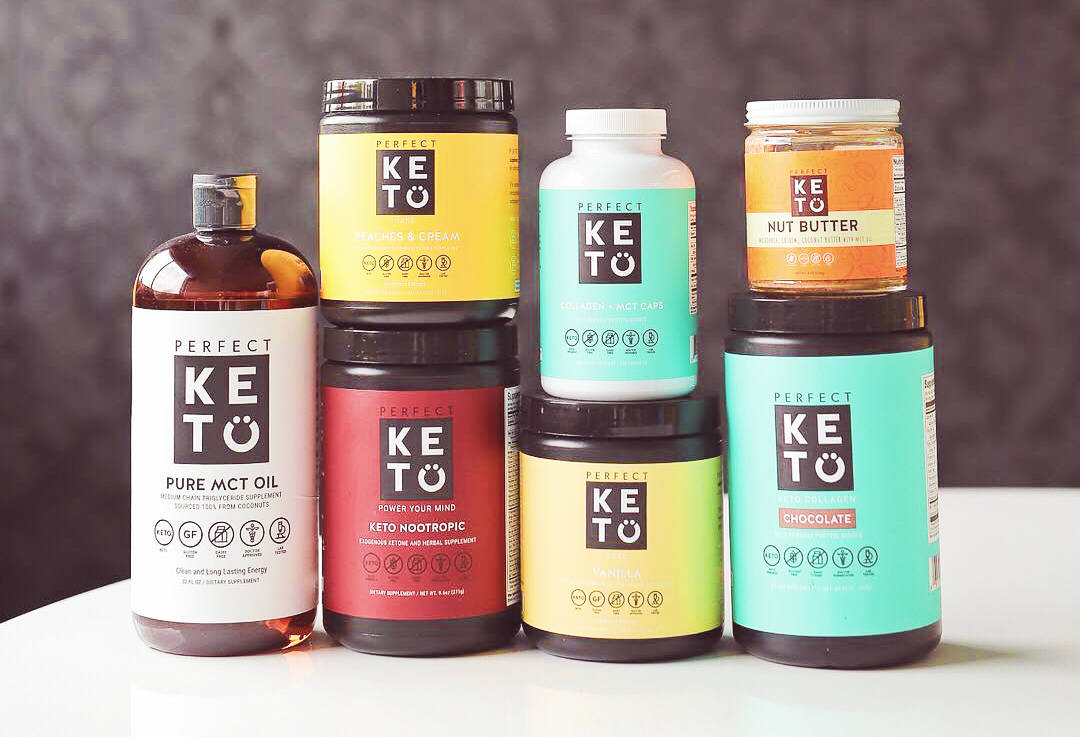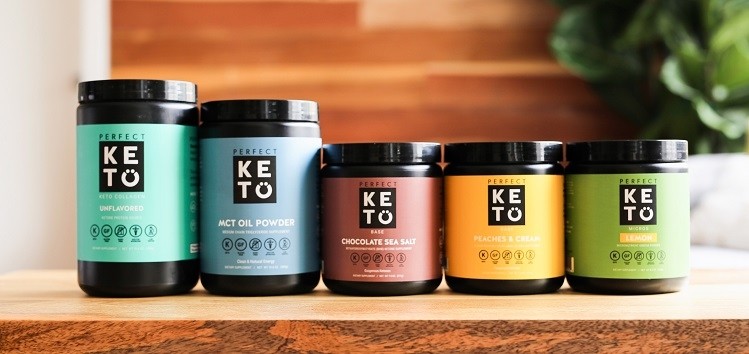Global Keto Diet Trends
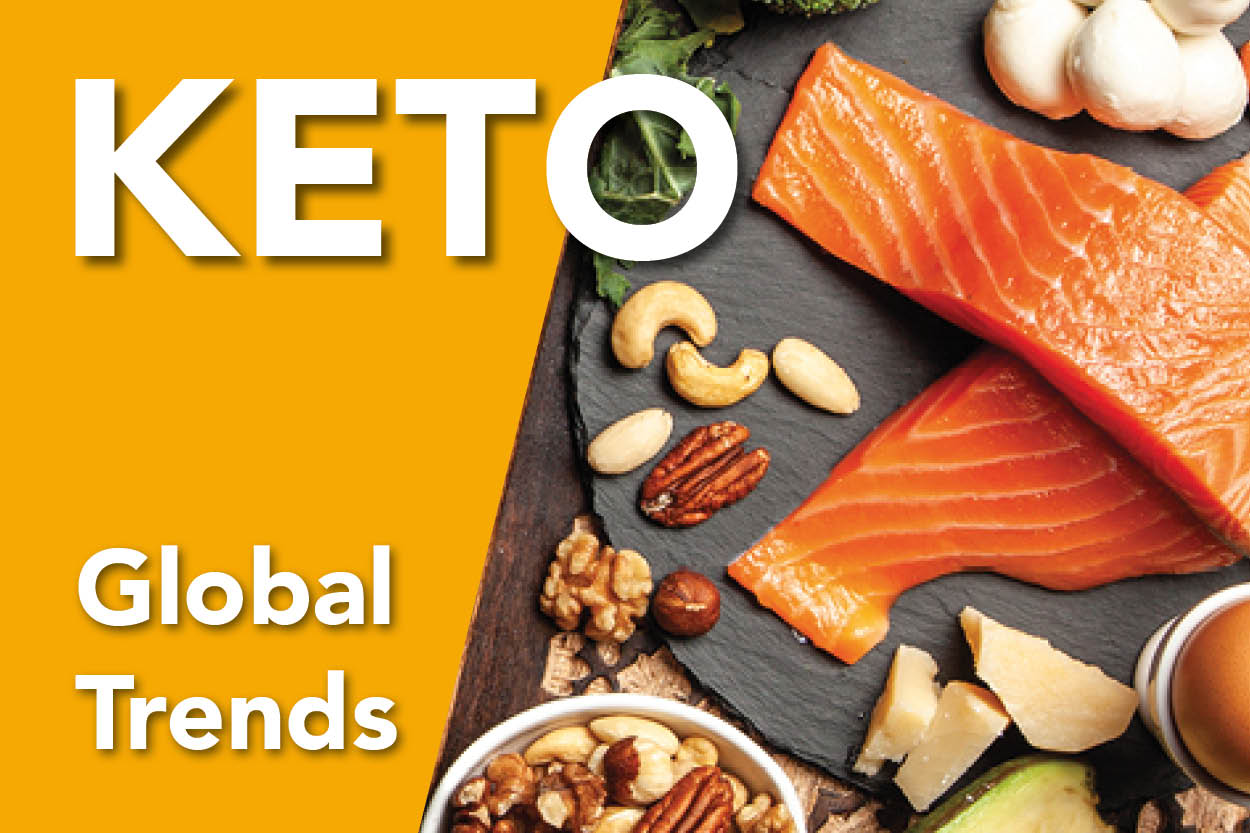
Opportunities for Keto health and wellness brands
Every year millions of people around the globe look for the latest trends in weight loss and healthy eating. Whether that be moving to plant-based, calorie controlled, or other perhaps “faddier” diets, people are likely to try at least two alternative diets in their lifetime.
But weight loss isn’t the only motivator for seeking a healthier lifestyle. As the global population continues to live longer, more and more people are consciously choosing diets which help maintain their health and reduce the risk of potential, future ailments.
And this is where keto comes in.
What is Keto?
The ketogenic diet, or keto for short, is a low-carbohydrate, high-fat diet that was originally used to treat epilepsy.
Created in the 1920s, the standard ketogenic diet (SKD), typically contains 75% fat, 20% protein and only 5% carbs. This dramatic reduction in carbohydrate intake puts the body into the metabolic state, ketosis, through which the body becomes highly efficient at burning fat.
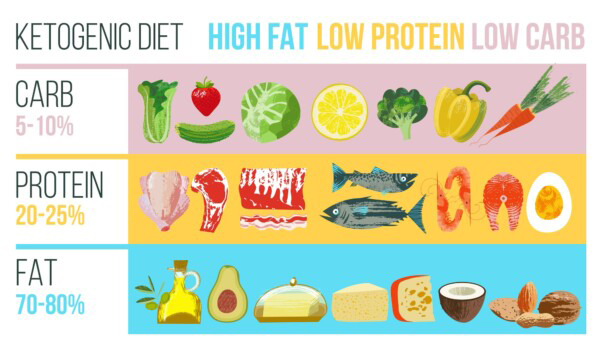
Several studies have linked the benefits of a ketogenic diet with a variety of health conditions including cancer, heart disease, epilepsy, and Parkinson’s disease. It is also highly effective for those diagnosed with type 2 diabetes.
In order to limit daily carbs to 20-30 grams, there are many foods that must be reduced or avoided as part of a keto diet. This includes sugary foods, grains, starches, beans, legumes, root vegetables, some fruits, anything labelled as “low fat” or “sugar free”, and most alcohols.
Global popularity and distribution
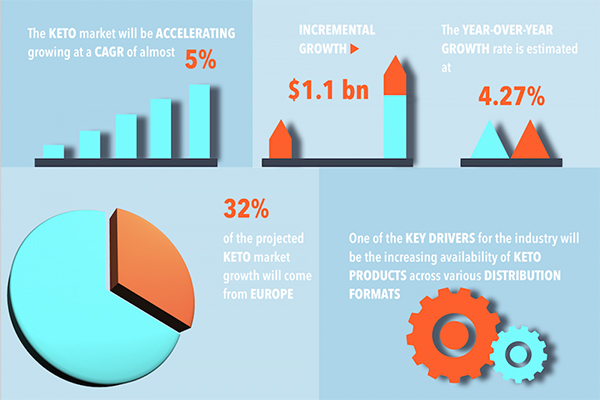
In 2020, “keto” was the most Googled food-related topic in the world with 25.4 million searches. Keto has overtaken previously popular diets such as the Atkins Diet and intermittent fasting.
Given this, and the sector’s continued growth year-on-year (CAGR of 5.3%), there has never been a better time for health and wellness brands to branch out into low-carb, high-fat keto products.
The ketogenic diet market is predicted to reach a global value of $15.6 billion USD by 2027.
Historically, the US and Canada have been the market leaders due to keto’s popularity, with North America accounting for 43.5% in 2018. However, this is set to change over the next few years with Europe expected to hold the highest projected market growth of 32%.
The Asia-Pacific region is also expected to grow over the next five years as low-carb, high-protein diets are now mainstream in Japan, South Korea and other Southeastern Asian countries.
Distribution channels for keto products will continue to be dominated by online sales, valued at $4 billion USD in 2018, followed by speciality stores. Although there is likely to be an increase in keto-friendly products on supermarket and multi-outlet store shelves, the brands who quickly add keto products to their portfolio will certainly trump the competition.
The same goes for health and wellness brands who can adapt or innovate their product ranges to cater for ketogenic dieters. Let’s now take a closer look at five keto product categories, including international opportunities for exporters.
Low-carb snacks
It can be very difficult to get keto-friendly, off-the-shelf snacks in certain countries/regions, especially snacks that are clearly labelled as keto. As a result, many keto followers have had to experiment with DIY, homemade snacks. You can find a huge number of recipes from food bloggers, dieticians, and other resources across multiple online channels, but there is still one problem here…time. More importantly, a lack thereof.
Consumers are constantly seeking quick and easy snacking options, which they can grab on the go. Time is a commodity for many so the convenience of grabbing a bag of keto-friendly crackers or a low-carb protein bar is much more appealing.
As the keto diet continues to grow in popularity, this presents a great opportunity for brands to get in-front of big label stores, supermarkets and hypermarkets to bring their low-carb, high-protein snacks to the masses.
Brands that already produce, or are thinking of producing, keto-friendly snacks should also look into explicit labelling opportunities to help consumers quickly and easily identify keto products on the shelf. This would be a great differentiator in the current market.

Export Opportunities
Keto Alternatives to Bread, pasta and pastries
Like vegans miss cheese, keto dieters miss bread.
Due to the high-carb content of bread, pasta, pastries, and many other goods, finding high-quality keto-friendly options can be difficult. Especially in supermarkets. There are a few brands who have entered this space well through innovation and great promotion. However, consumers are looking for the best of the best. If a product doesn’t taste good, then they won’t be buying it again.
Since many keto followers take it upon themselves to experiment with low-carb recipes there are many opportunities for brands looking to innovate the category and provide convenience to consumers.

Export Opportunities
Keto Diet Friendly Soft Drinks
Soft drinks are notoriously packed full of sugar, making it incredibly difficult for those following a keto diet to get their thirst quenched by anything other than water.
Carbonated, sugary drinks and fresh fruit juices are unsuitable for keto due to the amount of sugar in them – even natural sugars aren’t allowed!
More and more brands are turning to low-sugar alternative sweeteners, particularly natural ones like Stevia.
The opportunities in this product category lie in innovative uses of natural sweeteners and occupying space on shelves in supermarkets, convenience stores, and in the foodservice industry.

Export Opportunities
Alcohol
You’ve probably started hearing the term “hard seltzers” being used a lot more over the last few months. This is a relatively new category within the alcoholic drinks sector that has experienced incredible growth since 2019.
Although they weren’t developed specifically for keto, they offer those on the diet a refreshing, light alternative to high-sugar or high-carb beverages such as fruit cocktails and beers.
The hard seltzer category remains relatively immature, and without a doubt the next few years will see a lot of movement as more brands jump on the bandwagon.
We are likely to see other alcoholic drinks categories making a move towards wellness-oriented products to target hard seltzers’ core demographic.

Export Opportunities
Keto Protein Shakes and Powders
Protein powders and shakes are readily available around the globe, in both specialist health food stores and supermarkets, but not all protein powders are keto-friendly.
Since the boom in ketogenic dieters, many protein powder brands have branched out into the keto space to capture a wider audience. This has led the market segment to become a little saturated.
Despite this, there are still opportunities for brands able to produce high-quality products at an affordable, off the shelf price. There is also space for combined protein powders that are both vegan and keto-friendly.

Export Opportunities
Other market opportunities
In addition to the product categories highlighted above, other international keto export opportunities include:
The ketogenic market is highly fragmented with several players occupying the space, yet there is still plenty of room for new brands willing to enter the world of keto.

